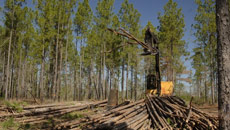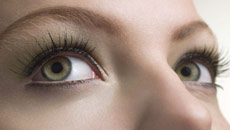Long rides at night can now become a lot more pleasant and safe if you listen to researchers who have developed an inexpensive and easier way to find out when the person behind the wheel is about to nod off.
Based on steering wheel movements, which are more variable in drowsy drivers, the new technology offers an affordable and more reliable alternative to currently available video-based driver drowsiness detection systems.
Video-based systems that use cameras to detect when a car is drifting out of its lane are are regarded cumbersome and expensive.
The new solution uses inexpensive, easy-to-install parts, including a sensor that measures the position of the steering wheel, and could be included as part of a factory installation or as an aftermarket accessory, said the study.
“We wanted to find out whether there may be a better technique for measuring driver drowsiness before fatigue levels are critical and a crash is imminent,” said Hans Van Dongen, a research professor at Washington State University (WSU).
The new invention provides basis for the development of an early detection system for moderate driver drowsiness, Van Dongen said.
“It could also be combined with existing systems to extend their functionality in detecting severe driver drowsiness,” he added.
For their study, the researchers analysed data from two laboratory experiments conducted at WSU.
Twenty-nine participants were on a simulated 10-day night shift schedule that caused moderate levels of fatigue, as assessed by their performance on a widely used alertness test known as the psychomotor vigilance task (PVT).
The researchers found that the two factors that best predicted fatigue were variability in steering wheel movements and variability in lane position.
They showed that data on steering wheel variability can be used to predict variability in lane position early on, making it possible to detect driver drowsiness before the car drifts out of its lane.
The paper was published in the journal Accident Analysis & Prevention.





